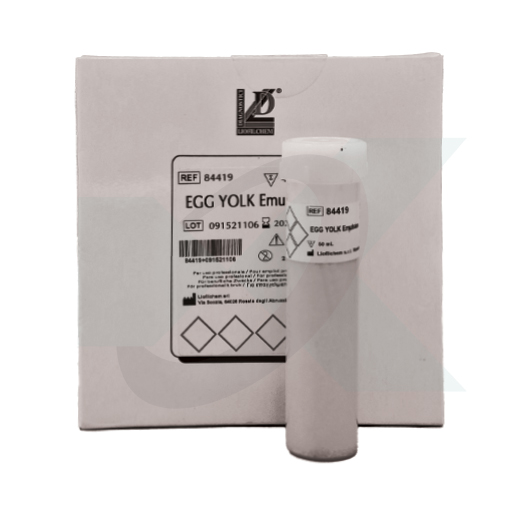Milk Plate Count Agar, is a nutrient medium specifically formulated for the enumeration of bacteria in milk and dairy products. Adhering to the recommendations of the American Public Health Association (APHA), International Dairy Federation, and ISO 4833, this medium is critical for microbiological examination in the dairy industry.
Composition and Method Principle
The typical formula of Milk Plate Count Agar includes Enzymatic Digest of Casein, Yeast Extract, Glucose, Skimmed Milk, and Agar. The Enzymatic Digest of Casein and Yeast Extract provide necessary amino acids, nitrogen, carbon, vitamins, and minerals for organism growth. Glucose serves as the fermentable carbohydrate, and Skimmed Milk offers casein, creating optimal conditions for bacteria typically found in milk. Agar acts as the solidifying agent. The final pH of the medium is 6.9 ± 0.1 at 25°C, ensuring a suitable environment for the growth of milk-associated microorganisms.
Preparation
The medium can be prepared by suspending 19.5 g of the powder in 1 liter of distilled or deionized water, followed by heating to a boil with frequent shaking until completely dissolved. The solution is then sterilized in an autoclave at 121°C for 15 minutes. After sterilization, the medium is cooled to 45-50°C, mixed well to avoid foam formation, and then aseptically distributed into Petri dishes.
Test Procedure
For testing, serial dilutions of the sample are prepared to achieve a colony count between 15 and 300 colonies per plate. A suitable diluent, such as Buffered Peptone Water or Maximum Recovery Broth, can be used for dilution. The medium is inoculated using pour plating or spread plating methods and incubated aerobically at 30°C for 72 hours.
Interpreting Results
Colonies on plates containing 15-300 colonies are counted and reported as Colony Forming Units (CFU) per ml of sample, accounting for dilution factors. The results provide an accurate enumeration of microorganisms present in milk and dairy products.
Appearance
The dehydrated medium appears as a free-flowing homogeneous light beige powder. Once prepared, the medium is slightly opalescent and light amber in color, indicating proper formulation.
Storage
The powder is highly hygroscopic and should be stored at 10-30°C in a dry environment in its original container, tightly closed. Prepared bottles and plates should be stored at 10-25°C, away from light. The product should not be used beyond its expiry date or if it shows any signs of contamination or deterioration.
Shelf Life and Quality Control
The dehydrated medium has a shelf life of 4 years, while the medium in bottles lasts for 2 years, and ready-to-use plates for 6 months. Quality control testing is conducted with strains such as Bacillus subtilis, Escherichia coli, and Staphylococcus aureus, ensuring good growth and validating the medium’s efficacy.
Warnings and Precautions
Although not classified as hazardous under current legislation, it is recommended to consult the safety data sheet for proper use. The product is intended for professional use and must be used only by properly trained operators.
Disposal of Waste
Waste disposal must be carried out according to national and local regulations in force.
Milk Plate Count Agar is an essential medium for the dairy industry, providing a reliable method for the enumeration of microorganisms in milk and dairy products. Its specific composition, ease of preparation, and ability to support the growth of a wide range of bacteria make it an indispensable tool in dairy microbiology.


















نقد و بررسیها
هنوز بررسیای ثبت نشده است.